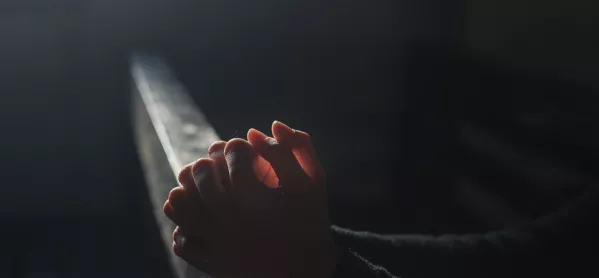Religion is in the news again. New education secretary Damian Hinds has said that he will abolish the ban currently prohibiting new faith schools from selecting more than half of their pupils on the basis of religion.
In an interview with The Sunday Times, Mr Hinds said he would be in favour of dropping the faith-school cap, which is currently preventing the Catholic church from opening any free schools.
What is the faith-school cap?
At the moment, any new faith free schools opened can only select 50 per cent of their pupils by religion.
This means different things to different religious groups. In practice, it does not affect most Jewish or Muslim schools, which tend only to receive applications from Jewish or Muslim pupils.
The Church of England is also unfazed by the rule: it is happy to educate pupils of all religions and none.
So everyone’s OK with the cap?
If, by “everyone” you mean “everyone except the people who run 10 per cent of schools in England” then, yes.
The Catholic Education Service (CES) is not happy with the cap at all. The Catholic church has chosen not to open any new schools as long as the cap was in place, claiming that turning away Catholic pupils who want a Catholic education would be against canon law.
But what about diversity?
That was the initial purpose of the cap: to ensure diversity in faith schools. However, the CES claims that it actually stands in the way of diversity.
It argues that, as long as it does not open any new schools, places at existing Catholic schools - where the cap does not apply - are more likely to go to Catholic pupils.
What difference will lifting the cap make?
The diocese of East Anglia, which has seen a large influx of Catholic families in recent years, has already earmarked land for eight new schools.
The CES argues that, as soon as more Catholic schools are opened, there will be more places available, which means that all Catholics who want to attend a Catholic school will be able to do so.
But the additional capacity will also result in more spaces being available for non-Catholic pupils, increasing diversity within individual schools.
And Damian Hinds has decided to lift the cap?
Well, that’s not strictly speaking what happened.
Lifting the cap was originally suggested in the education Green Paper - published in September 2016, when Justine Greening was education secretary - in which the Conservative government also proposed opening new grammar schools.
The grammar-schools plans were later dropped, but there was no formal U-turn on the cap issue.
September 2016 is now almost 18 months ago. What’s taken so long?
Ms Greening was perceived as reluctant to push ahead with lifting the cap.
By the start of this year, the Catholics were growing edgy. The diocese of Westminster encouraged school staff, parents and governors to write to the government, requesting that it lift the cap.
But, though it was widely assumed that Mr Hinds, himself a Catholic, would come out in support of removing the cap, he did not speak publically on the issue until his interview with The Sunday Times.
Want to keep up with the latest education news and opinion? Follow Tes onTwitter and like Tes on Facebook





